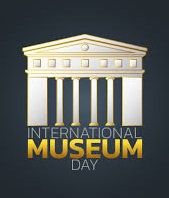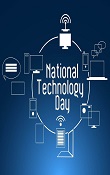The ‘First’ women of India
The ‘First’ women of India
Karl Marx said, “Anybody who knows anything of history knows that great social changes are impossible without the feminine ferment”. Women have always contributed to bring an immense change in the society. From Sita in Ramayana to Rani Laxmi Bai of Jhansi have fought all odds to bring about social change for the upliftment of society.
India is fortunate to have numerous women who have, with sheer hard work, achieved greatness in their respective fields. These women stand as an epitome of care, sacrifice, love, fighter spirit, etc., for all generations to follow.
This women’s day, let us remember all the ‘first’ woman who achieved success in their respective fields.
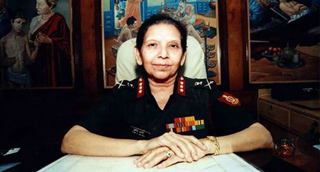 Priya Jhingan- The first woman to join Indian Army
Priya Jhingan- The first woman to join Indian ArmyBack in 1992, Priya Jhingan changed the norms of the Indian Army and became the first woman cadet to be in army. Born to a police officer, she had always dreamt of marching in a uniform. She wrote a letter to the Chief of Army Staff requesting him to open the gates of the Indian Armed forces for women too.
A response was sent to her that there were plans that will be put in place in the next two years. Priya, became a part of a batch of 25 other women, as cadet 001. Priya joined the Indian Army as Judge Advocate General after pursuing law.
Anna Rajam Malhotra- The first woman IAS Officer
 In the 1950s, patriarchy was very dominant in the Indian society and, to achieve something or to be independent was a big deal for women. Anna took the courageous decision to join the Indian Administrative Services (IAS) and cleared the civil service examination in 1950.
In the 1950s, patriarchy was very dominant in the Indian society and, to achieve something or to be independent was a big deal for women. Anna took the courageous decision to join the Indian Administrative Services (IAS) and cleared the civil service examination in 1950.The board was sceptical about sending a woman for administrative duties. But, Anna refused to bow down and chose to stick to her decision. Finally, she could join IAS but with a condition that her ‘service would be terminated’ if she got married. This condition didn’t deter Anna from becoming the first woman IAS Officer. However, this rule was changed after a couple of years.
For her hard work and determination, Anna was awarded the Padma Bhushan. She also played an important role in setting up India’s first computerised container port, Nhava Sheva in Mumbai.
Justice Fathima Beevi- The first female Supreme court judge
 In 1950, Fathima became the first woman to top the Bar Council of India’s exam and completed her law from Trivandrum’s Law college.
In 1950, Fathima became the first woman to top the Bar Council of India’s exam and completed her law from Trivandrum’s Law college.In 1989, she made history when she was appointed as the first female judge of the Supreme court. Fathima was also the first Muslim woman judge to be appointed to any position in the higher judiciary in India.
After retiring from service, in 1992, she served as a member of the National Human Rights Commission. She was also appointed as the Governor of Tamil Nadu.
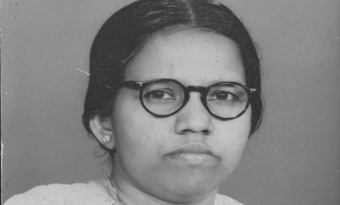 Dakshayani Velayudhan- The first Dalit woman to be part of Constituent Assembly
Dakshayani Velayudhan- The first Dalit woman to be part of Constituent AssemblyDakshayani, born in a Pulaya community, became the first Dalit woman to be a part of the Constituent Assembly. She was also the first Dalit woman graduate in India and the first Dalit girl to wear upper garments! Pulaya community could not wear clothes to cover their upper body or cut their hair, and were also not allowed to use public places.
A staunch follower of Gandhiji, Dakshayani opposed untouchability and gave voice to Article 17 of the Constitution of India, that abolishes untouchability and forbids its practice in anyway. All through her life, she worked against social evils of caste system and eradicating the same.
Sarla Thakral - The first lady pilot to get the flying license
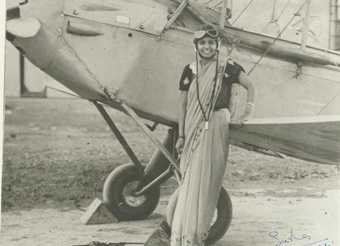 Sarla, at the age of 21 got her aviation pilot license and flew the Gypsy Moth, solo! She pursued her dream of flying with the support of her husband and father-in-law.
Sarla, at the age of 21 got her aviation pilot license and flew the Gypsy Moth, solo! She pursued her dream of flying with the support of her husband and father-in-law.In 1939, her husband died, but she didn’t stop herself from stepping out to get her commercial pilot’s license. Since the World War 2 broke out and civil training was suspended, she took painting and did her diploma in fine arts.
Sarla was an Arya Samaj follower, so remarrying was easier for her and in the second phase of her life she tried her hand in costume jewellery, block painting and started her own textile printing business.
She faced everything that came in her life and stood courageously to fulfil her dreams.
Dr. Kadambini Ganguly- India’s first lady doctor
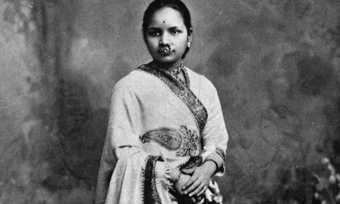 Dr. Kadambini Ganguly is considered as the first lady doctor in India. In 1886, she became the first practising lady physicians in South Asia, trained in European medicine. Ganguly pursued medicine as a subject from Graduate of Bengal Medical College.
Dr. Kadambini Ganguly is considered as the first lady doctor in India. In 1886, she became the first practising lady physicians in South Asia, trained in European medicine. Ganguly pursued medicine as a subject from Graduate of Bengal Medical College.When purdah system was a norm, Ganguly broke all the gender thresholds and juggled her roles between a doctor, a mother and a social activist.
Ganguly was also among the early Indian women who crossed the seas to Europe in 1892 to pursue higher studies. After coming back, she joined Lady Dufferin Hospital and continued practised till the day she breathed her last on October 3, 1923.
A. Lalitha- The first woman engineer
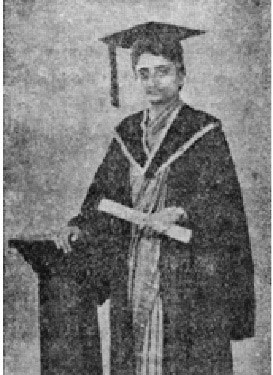 A widowed mother, Lalitha broke all the norms of the then society and pursued her study in Electrical engineering to become the first woman engineer.
A widowed mother, Lalitha broke all the norms of the then society and pursued her study in Electrical engineering to become the first woman engineer.Luckily, she belonged from a forward-thinking family who encouraged her to complete her education despite getting married at the age of 15. While women at her time were pursuing medicine as a career, it was difficult for Lalitha to do the same with a new born daughter at home. So, she decided to follow the footsteps of her father and brother and started her career in engineering from College of Engineering, Guindy.
An interesting fact about her degree, is that the college had to strike off ‘he’ on the certificate and wrote ‘she’ using a pen. Her passion for engineering led her to play important roles in projects like the Bhakra Nangal Dam.
Bachendri Pal – The first Indian woman to climb Mount Everest
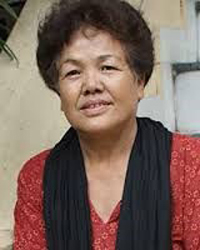 Arjuna awardee, Padma Shree and Padma Bhushan recipient Bachendri Pal became the first Indian woman to reach the summit of Mount Everest.
Arjuna awardee, Padma Shree and Padma Bhushan recipient Bachendri Pal became the first Indian woman to reach the summit of Mount Everest.33 years ago, when women were still encouraged to do household work, Pal broke the barrier. She dared to do something even men did not- to climb the Mount Everest, the highest peak in the world.
She was passionate about mountaineering since childhood and climbed 13,123 ft high peak in a competition.
It was not easy for Pal to fulfil her passion of mountain climbing. She faced strict opposition from her family members. Determined and adamant to fulfil her dream, she completed her expedition in 1984.
She made her name in the Guinness book and wrote a book on her experience of scaling Mount Everest – ‘Everest My Journey to the Top’.
Hats off to these ladies who showed that with hard work, determination and perseverance, it’s not difficult to achieve one’s goal and aspirations. It requires a little courage to move the mountain and make a name for oneself.














